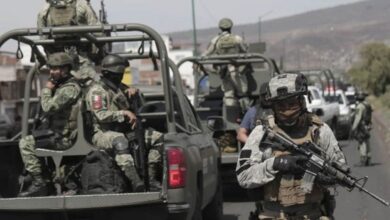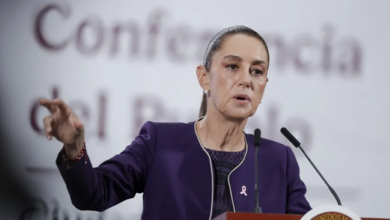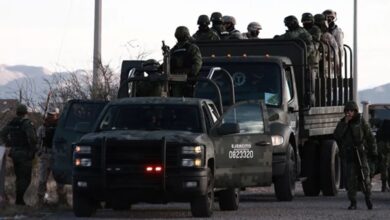As a Lake Disappears, Mexico and Texas Clash Over Water Promises Made in a Different Climate
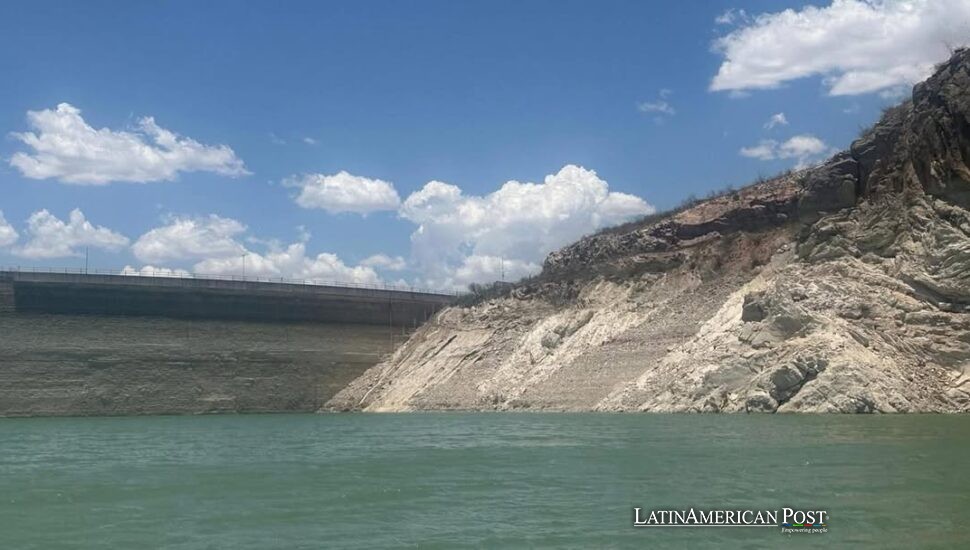
Where Lake Toronto once shimmered behind Mexico’s La Boquilla dam, there’s now cracked earth and bone-dry riverbeds. As presidents trade accusations and farmers pray for rain, the old treaty that once shared the Rio Grande is now splitting it in two.
A Reservoir Reduced to Memory
Before sunrise in San Francisco de Conchos, families kneel beside dry stones that once sat under eight meters of water. The place they’re kneeling isn’t a shore—it’s the exposed bed of Lake Toronto, the reservoir behind La Boquilla Dam, now little more than a dust bowl.
“This should all be underwater,” says Rafael Betance, a volunteer hydrologist who’s been tracking the dam’s levels by hand for 35 years. Today, the lake sits 26.5 meters below its high-water mark, down to just 14 percent capacity.
The causes are no mystery—thirty months without meaningful rainfall. Summer highs exceed 108 degrees Fahrenheit. No hurricane season to refill the basin.
Climatologists at Mexico’s National Autonomous University attribute the persistent La Niña conditions and a steadily warming Pacific to the ongoing climate change. However, there’s a deeper trend: Chihuahua’s average rainfall has decreased by 10 percent per decade since the late 1990s. The state’s largest rivers—especially the Rio Conchos, which feeds La Boquilla—are vanishing.
Wildlife now crowd into irrigation canals. Ponds are gone. Pastures wither. And the question becomes more than agricultural—it becomes existential: how long can a place survive without the water that built it?
Treaty in Tatters: A River’s Broken Promise
The 1944 Water Treaty between the U.S. and Mexico was signed in a different world, when rivers seemed eternal and drought was merely a seasonal phenomenon. It obligated Mexico to deliver 430 million cubic meters of water to the U.S. each year, while the U.S. released over four times that amount to Mexico from the Colorado River.
But the math no longer works.
Mexico is now 1.5 billion cubic meters behind on its side of the deal. The tributaries it relies on—especially the Conchos—have dried. Meanwhile, Texas lawmakers, backed by former President Donald Trump, are demanding repayment under threat of tariffs or sanctions. In response, President Claudia Sheinbaum ordered the release of 75 million cubic meters via the Amistad Dam—a gesture Texas farmer Brian Jones dismisses as “a drop in the bucket.”
Jones accuses Mexico of hoarding water to grow export crops. Mexican scientists argue that treaty rules permit suspensions during “extraordinary drought,” a term that is now applicable.
Legal scholars at El Colegio de la Frontera Norte argue the treaty must evolve. Since 1944, basin populations have doubled, farming has intensified, and the Rio Grande basin has warmed 1.3°C (2.3°F). They propose adding a “flex clause” that would scale water allocations to real-time climate and hydrological data. However, U.S. officials fear that any renegotiation might threaten Mexico’s Colorado River entitlements, which are already shrinking due to record-low water levels at Lake Mead.
In the meantime, the treaty isn’t solving the conflict—it’s deepening it.
On the Ground: Flooded Fields, Evaporated Hope
In the Rio Conchos Valley, water stress isn’t an abstract number—it’s what determines who plants and who doesn’t.
Take walnut trees. Each mature tree consumes 250 liters of water a day. Yet many orchards still use gravity-fed flood irrigation, which loses nearly 40 percent of water through evaporation and seepage. Research from the International Water Management Institute confirms this is among the least efficient systems still in use.
Former mayor and walnut grower Jaime Ramírez has converted his fields to low-pressure sprinklers, cutting water use by 60 percent. The cost? Roughly $1,200 per hectare—an investment few can afford after years of reduced yields and rising diesel costs.
“If the rains don’t come next year,” Ramírez says, “we’ll stop farming altogether. Water will be for drinking only.”
Across the border, Brian Jones in Texas has planted half of his acreage for three consecutive years. He blames Mexican shortfalls but admits that the Rio Grande on the U.S. side is also drying, forcing irrigation districts to ration water and fast-track canal upgrades.
No one in the valley is winning. Everyone is losing, but pointing fingers.
Beyond Blame: What the Future Might Hold
This isn’t the first time water conflict has spilled over. In 2020, two farmers were killed when protesters stormed La Boquilla to block treaty deliveries. That crisis never truly ended—it just receded as rainfall briefly returned. But now, with the reservoir visibly dying, the stakes are higher.
Ecologists warn that continued low water levels will superheat the remaining pool, triggering mass fish die-offs and collapsing nascent tourism. Farmers worry about crop insurance. Families worry about tap water.
Meanwhile, Trump’s campaign promises have emboldened Texas farmers, while Mexico’s Sheinbaum government is proposing a joint adaptation fund—a binational pool to modernize irrigation systems and recharge aquifers. The holdup? Verification. Trust. Politics.
María de Lourdes Alfaro, a hydrologist at the University of Arizona, argues that any serious reform must include groundwater accounting. Currently, up to 40 percent of Chihuahua’s water comes from aquifers, but these sources aren’t factored into treaty calculations. “We’re operating with a 1940s ledger in a 2020s climate,” she says.
Her projections? Without reform, rising temperatures are expected to reduce Rio Grande flow by 30 percent by 2050, rendering the treaty quotas physically impossible to meet.
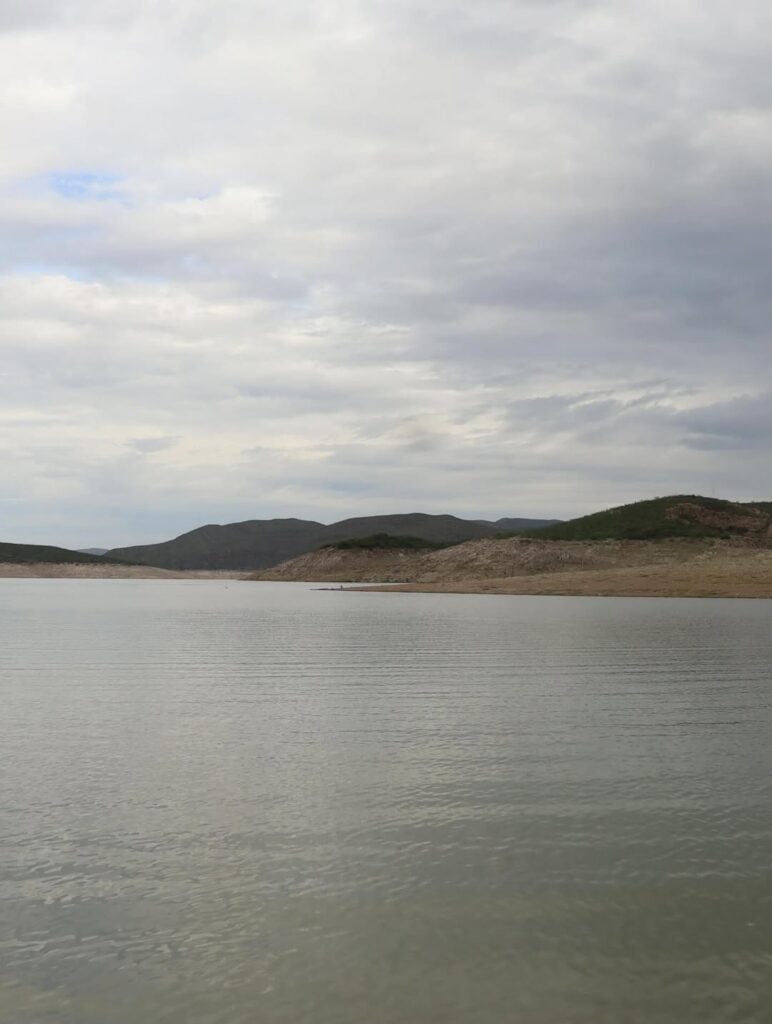
andreachaveztre
So what happens now?
Back at La Boquilla, Rafael Betance walks the shoreline alone, jotting water levels into a leather-bound notebook. On Sundays, he prays with neighbors at the base of the dam. “We’ve reached the point where science and faith have to hold hands,” he says.
And while diplomats bicker, farmers ration, and rivers recede, San Francisco de Conchos waits—caught between a treaty written for rain and a future shaped by drought.
Also Read: “El Ratón” Talks: Will El Chapo’s Son Break the Cartel Code in a Chicago Courtroom?
Credits: Reporting and interviews by BBC with Rafael Betance, Jaime Ramírez, and Brian Jones; climate and treaty context from UNAM climatologists, El Colegio de la Frontera Norte, María de Lourdes Alfaro (University of Arizona), and the International Water Management Institute. Additional data from Mexico’s National Water Commission and the U.S. Bureau of Reclamation.


